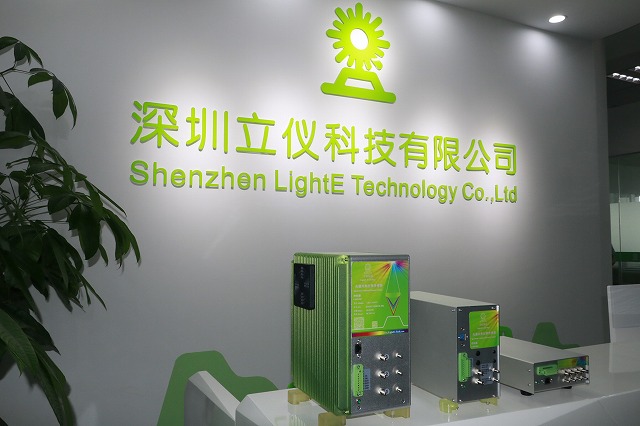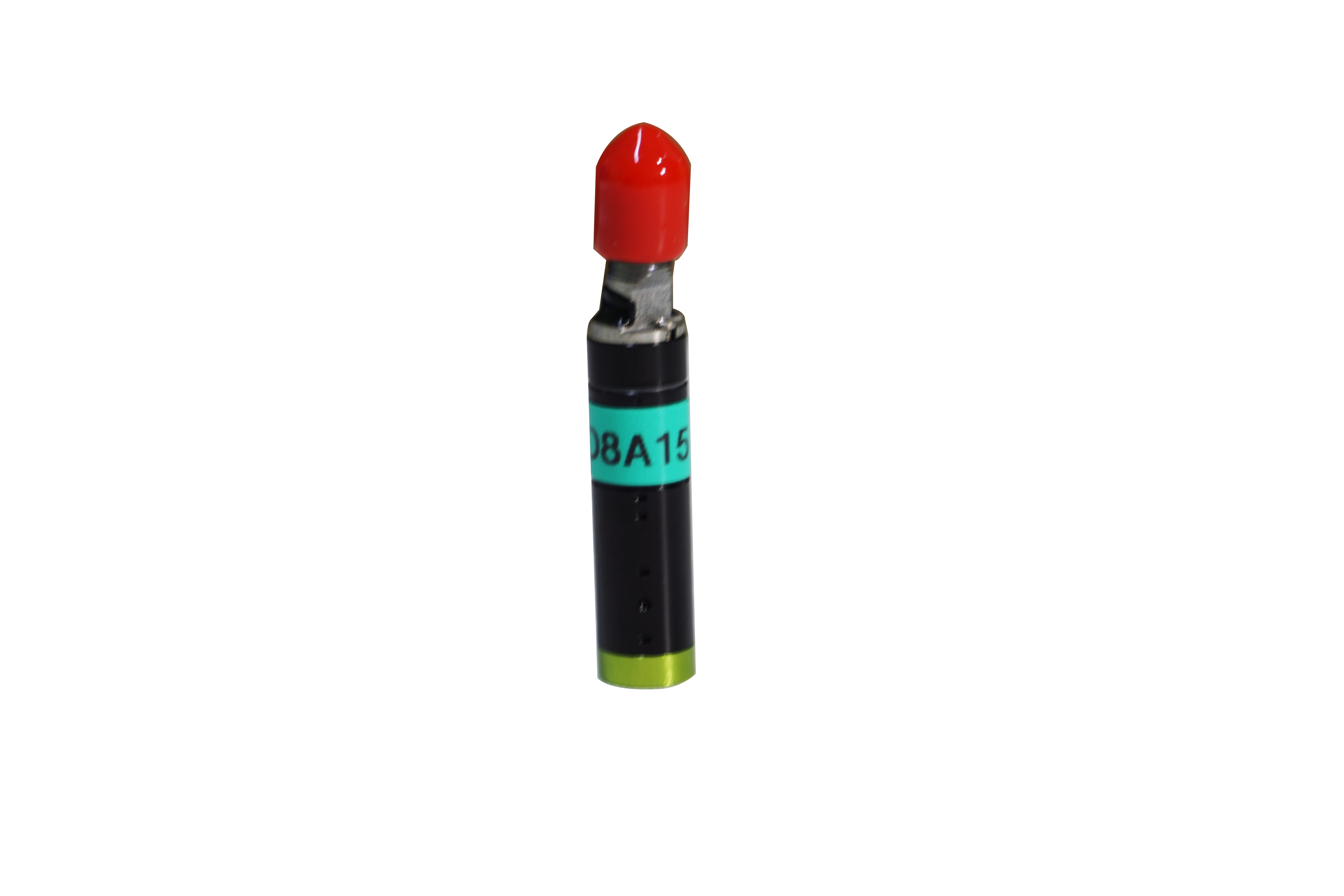2022-01-20
Angle sensors, as the name suggests, are used to detect angles. It has a hole in its body that fits into a Lego shaft. When attached to the RCX, it counts every 1/16 turn of the shaft. When rotated in one direction, the count increases, and when the direction of rotation changes, the count decreases. The count is related to the initial position of the Angle sensor, when initializing it, its count value is set to 0, and you can programmatically reset it if necessary. When wheels are attached to the robot (or the robot is moved by gearing), the distance the robot has traveled can be inferred from the Angle of rotation and the number of wheel circles.

Choice of Angle sensor
1, the choice of sensitivity
Generally, in the linear range of the Angle sensor, it is hoped that the sensitivity of the Angle sensor is as high as possible. Because only when the sensitivity is high, the value of the output signal corresponding to the measured change is relatively large, which is conducive to signal processing. However, it should be noted that the sensitivity of the sensor is high, and external noise unrelated to the measurement is easy to mix, and will also be amplified by the amplification system, affecting the measurement accuracy. Therefore, it is required that the sensor itself should have a high signal-to-noise ratio to reduce the factory interference signal introduced from the outside world.
The sensitivity of the sensor is directional. When the measurement is a single vector, and the requirement for its directionality is high, other sensors with small directional sensitivity should be selected; If the measured vector is multidimensional, the cross sensitivity of the sensor is required to be as small as possible.
2. Frequency response characteristics
The frequency response characteristic of the Angle sensor determines the frequency range to be measured, and the measurement conditions must be maintained within the allowed frequency range. In fact, the response of the sensor always has a fixed delay, and it is hoped that the delay time is as short as possible.
The frequency response of the sensor is high, and the frequency range of the measurable signal is wide, while the inertia of the mechanical system is large due to the influence of the structural characteristics, and the frequency of the measurable signal is low because of the sensor with low frequency.
In dynamic measurement, the response characteristics should be based on the characteristics of the signal (steady state, transient, random, etc.) to avoid excessive error.
3. Linear range
The linear range of the Angle sensor refers to the range where the output is proportional to the input. In theory, within this range, the sensitivity remains constant. The wider the linear range of the sensor, the larger its range, and can ensure a certain measurement accuracy. When selecting the sensor pressure sensor, when the type of sensor is determined, it is first necessary to see whether its range meets the requirements.
But in fact, no sensor can guarantee good linearity, and its linearity is also relative. When the required measurement accuracy is relatively low, in a certain range, the sensor with small nonlinear error can be approximated as linear, which will bring great convenience to the measurement.
4. Stability
The ability of a sensor to remain unchanged in performance over a period of time is called stability. In addition to the structure of the sensor itself, the main factor affecting the long-term stability of the sensor is the use environment of the sensor. Therefore, in order to make the sensor have good stability, the sensor must have strong environmental adaptability.
In addition, before selecting the Angle sensor, the environment for its use should be investigated, and the appropriate sensor should be selected according to the specific use environment, or appropriate measures should be taken to reduce the environmental impact.



